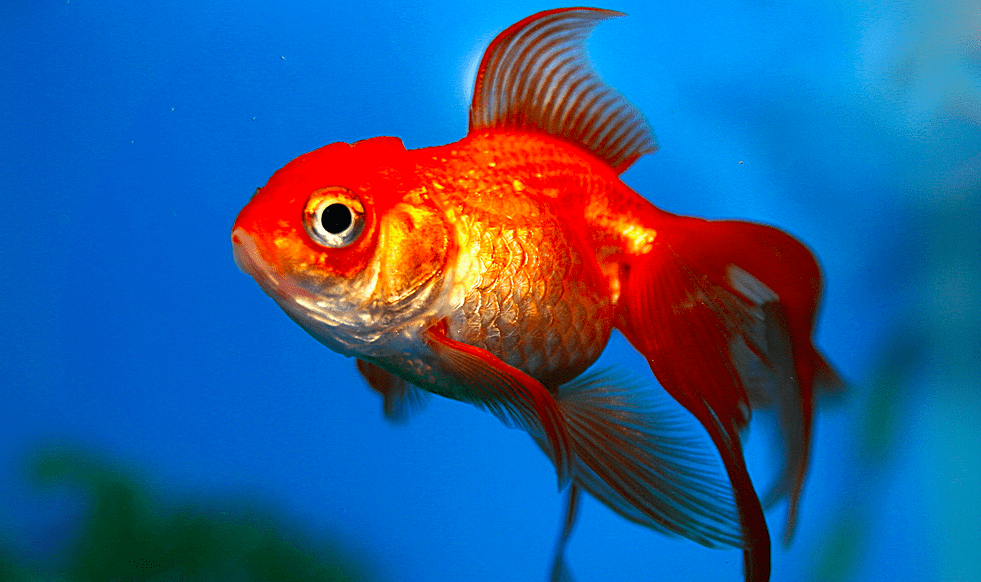
New evidence suggests an entire chorus is taking place under the sea. A multitude of underwater songs were heard and recorded off the coast of Port Hedland in Western Australia over a period of 18 months. Fish make sounds using their swim bladder, releasing air through their mouths. Other types of fish make clicking sounds with the help of their teeth.
Sounds were obtained using two sea-noise loggers attached to a mooring on the ocean floor. Floats were released to the surface on command according to the Integrated Marine Observing System (IMOS). The recording instrument was designed and built at the Curtis University in Australia and allowed investigators to obtain more precise data than prior technologies. As stated by Steve Simpson, a marine biologist from the University of Exeter U.K., “I don’t know any scuba diver that can stay down there that long!”. Through this method, his team was able to study occurrences at Port Hedland twenty-four seven over a period of a year and a half (March 2011 through September 2012).
The recording devices were established in separate locations to identify a greater range of sounds. The first was put ten meters underwater and just a few hundred meters offshore, while the second was established 18m underwater and 20km offshore.
During this period, researchers identified seven distinct types of fish choruses, largely taking place at the beginning of the spring season and during late summer. They also recorded many other sounds, including human activity. These devices may have the capacity to implicate increases of human pollution in the ocean. While thousands of tons of trash are dumped into the ocean every day, “land based sources” such as motor and industrial oil, septic waste and farm and ranch runoff remain the largest threat to ocean preservation.
The choruses can be separated into two classifications: continuous and discontinuous. Researchers categorized four of the identified choruses as continuous, while the other three were discontinuous. These variations indicate discontinuous types of choruses were formed by fewer fish or fish that made lower sounds, while the continuous suggested a higher number of fish cooperating to produce the chorus.
The relevance of this type of investigation relies on the many conclusions researchers can obtain simply by listening to underwater life– such as understanding the differences between day and night communications, or certain complexities of species migration.
Hearing the fish choruses has inspired the researchers to strive for many more insights, such as measuring the long-term effect of increasing levels of anthropogenic noises, which include the use of different machinery and pollutive activities. As explained by collaborating researcher, Robert McCauley, “We are only just beginning to appreciate the complexity involved and still have only a crude idea of what is going on in the undersea acoustic environment”.
What are your thoughts? Please comment below and share this news!
This article (New Underwater Fish Songs Recorded Offshore Australia) is free and open source. You have permission to republish this article under a Creative Commons license with attribution to the author and True Activist.


